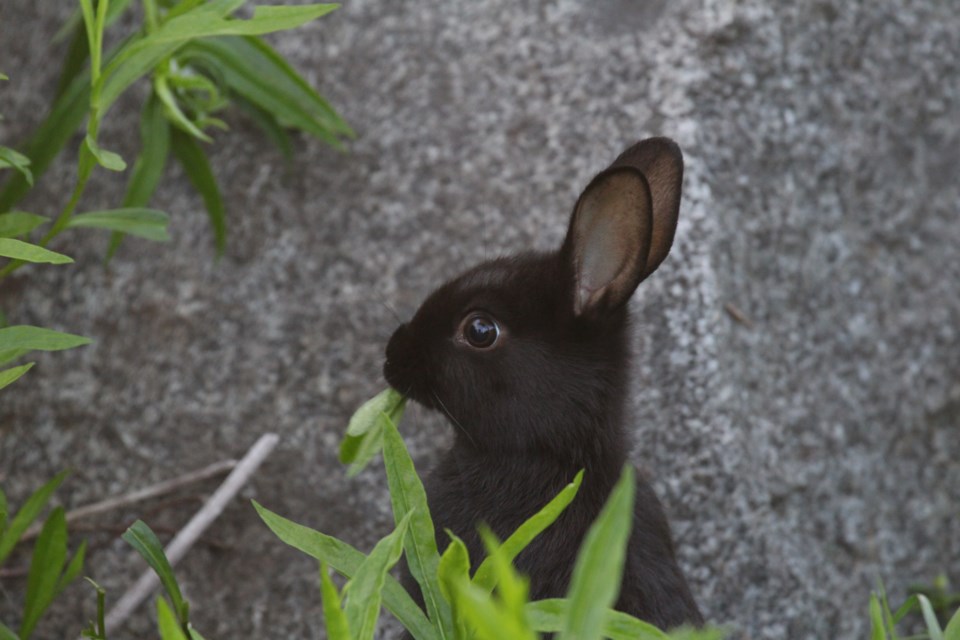The provincial government has just announced changes to the Wildlife Act as a first step to enhance its ability to manage and reduce the spread of feral rabbits.
It is now prohibited to relocate or release European and eastern cottontail rabbits, both of which are considered to be invasive species. The permit requirement for trafficking, possessing or exporting European rabbits has also been removed, which is meant to make it easier to trap and transport them.
“These regulatory changes will improve the ability to move feral non-native rabbits from one location to another and support options for having existing non-native rabbits removed,” according to the Ministry of Forests.
But these changes might have come too late, according to Sorelle Saidman, founder of Rabbitats, a local rabbit rescue group.
“It will do nothing to control the feral rabbits in Richmond. The previous legislation caused the problem in the first place, but this does nothing to solve it,” she said.
Saidman identified several problems with the changes, the first being that because rabbits are still classified as wildlife, Richmond animal control will not pick them up.
“The problem has also grown too large for the city shelter to be able to make a difference, regardless. And by not picking them up, two stray feral rabbits will become 30 or more in just a few months,” Saidman told the Richmond News.
Not only that but forbidding the relocation of rabbits might have the opposite effect.
“We agree that with the rabbit hemorrhagic disease (RHDV2) killing rabbits, relocation can spread the disease, but people really need to be able to move rabbits off their property without killing them,” she said.
Saidman also told the News that grouping European and eastern cottontail rabbits together is “silly.”
“They have totally different behaviors, totally different methods of control and totally different agencies representing them,” she said.
In addition to these changes, the province will need to take other measures if it wants to manage the feral rabbit population effectively.
“We would have preferred to have seen announcements of partnership funding for humane rabbit control programs, breeder mandates, directives and resources given to municipal animal control to trap strays before they become colonies, and just taking them out of the Wildlife Act altogether.
“While we appreciate the province's effort, the results are sadly lacking,” she said.



